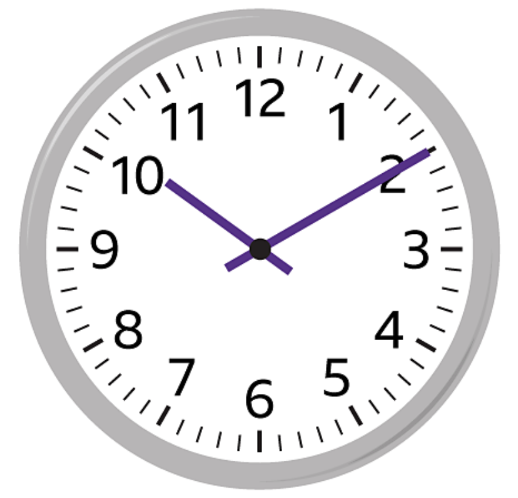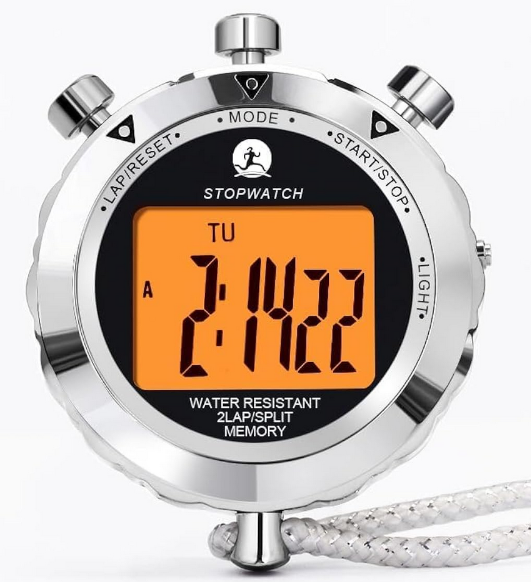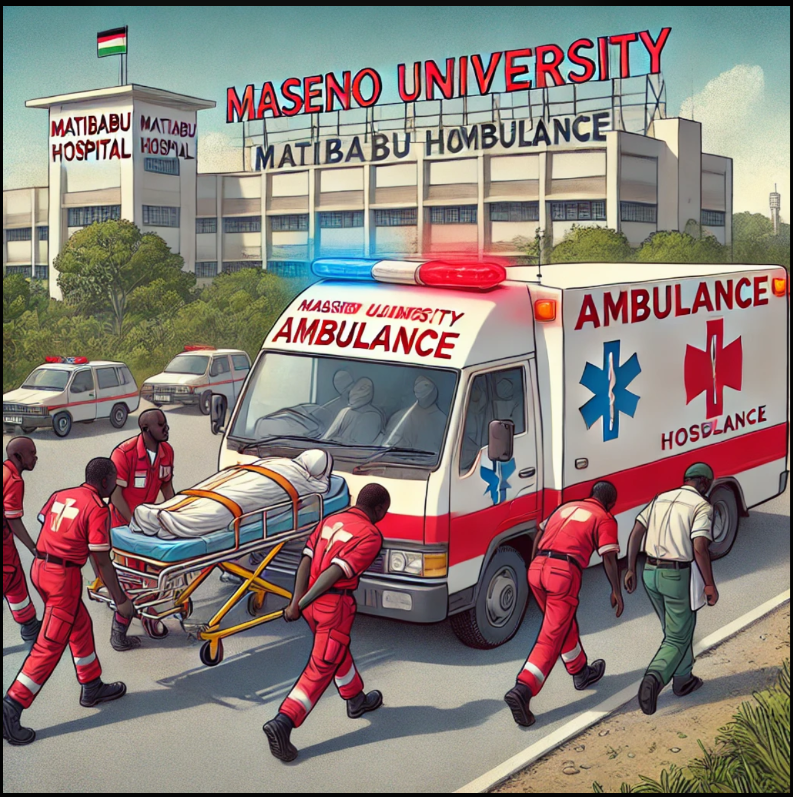Example 3.5.1.
What is the time on the clock face below?




| Name | Activity | Time taken in minutes | Time taken in hours |
| Moraa | Running | 120 | |
|---|---|---|---|
| Akinyi | Playing football | 90 | |
| Ekadeli | Reading story books | 60 |
| Minutes | Seconds |
| 1 minute | |
|---|---|
| 3 minutes | |
| 5 minutes | |
| 10 minutes |
| Seconds | Minutes |
| 60 seconds | |
|---|---|
| 120 seconds | |
| 180 seconds | |
| 240 seconds | |
| 300 seconds |
| Seconds | Minutes | Hours |
| \(3\,600\) | \(60\) | |
|---|---|---|
| \(7\,200\) | ||
| \(10\,800\) | ||
| \(14\,400\) |
| Description | Estimated distance in kilometres | Estimated distance in metres | |
|---|---|---|---|
| a) | The distance from the school to the nearest shopping centure. | ||
| b) | The distance from the classroom to the assembly ground. | ||
| c) | The distance from the school to the nearest police station. |
| \(1\,000\,m\) |
| \(3\,000\,m\) |
| \(4\,000\,m\) |
| \(10\,000\,m\) |
| Description | Distance in \(km\) | Time taken in hours | \(speed = \frac{distance}{time}\) | |
|---|---|---|---|---|
| a) | Walking round the field once | \(0.4\,km\) | ||
| b) | Running round the field | \(0.4\,km\) | ||
| c) | Running round the field twice | \(0.8\,km\) | ||
| d) | Running round the field thrice | \(1.2\,km\) |
| Name of the learner | Distance in metres | Time taken in sedconds | \(speed= \frac{distance}{time}\) | |
|---|---|---|---|---|
| a) | \(100 \, m\) | |||
| b) | \(100 \, m\) | |||
| c) | \(100 \, m\) |
| a) Convert the distance from kilometres to metre. |
| b) Convert the time from hours to second. |
| c) Devide the distance in metres by the time in seconds. |
